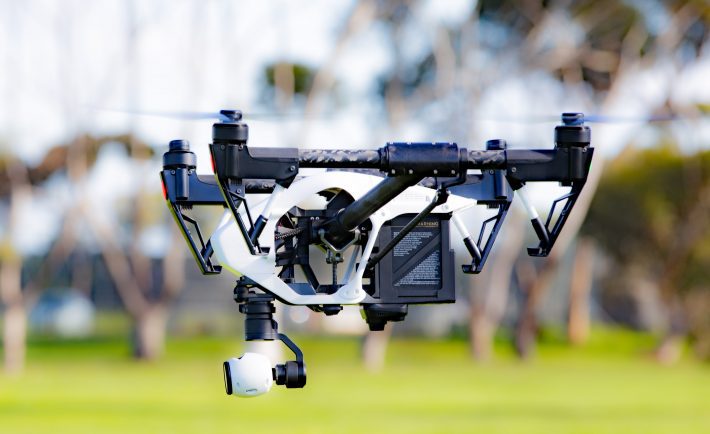
Since their appearance, mobile phones have far surpassed their immediate purpose – that of making and receiving calls. One of the most important uses and additions to the mobile phone was the incorporated camera. Small and weak at first, a smartphone’s camera has become as powerful as the professional cameras photographers use.
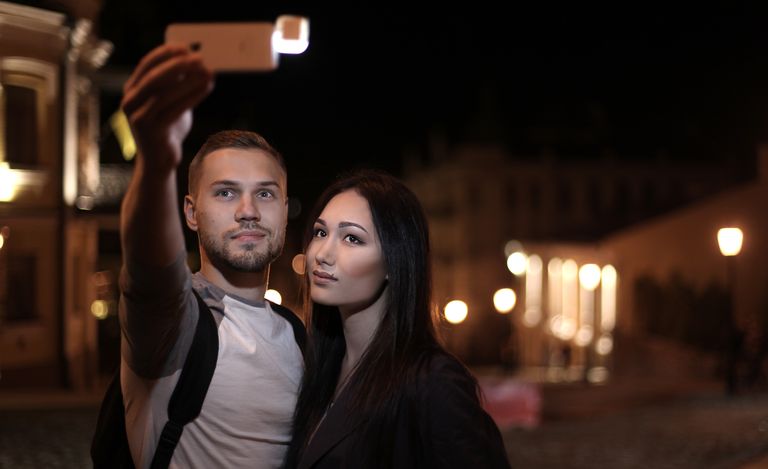
Selfie-Obsessed: Tech To Upgrade Your Duck Face!
Armed with these high performance cameras, men, women, teenagers and movie stars everywhere could finally quench their thirst for taking pictures – most of them of themselves. These pictures, called selfies, were somewhat improved with the help of the so-called selfie stick, which extended the human hand and allowed a wider shot to be taken.
With the development and popularization of drones, however, the selfie trend is about to change dramatically. Defying gravity entirely, these complex pieces of machinery take amateur photography at (literally) higher levels. This of course includes selfies. Here are the three best drones for taking awesome selfies.
The Cheerwing Sygma X5SW
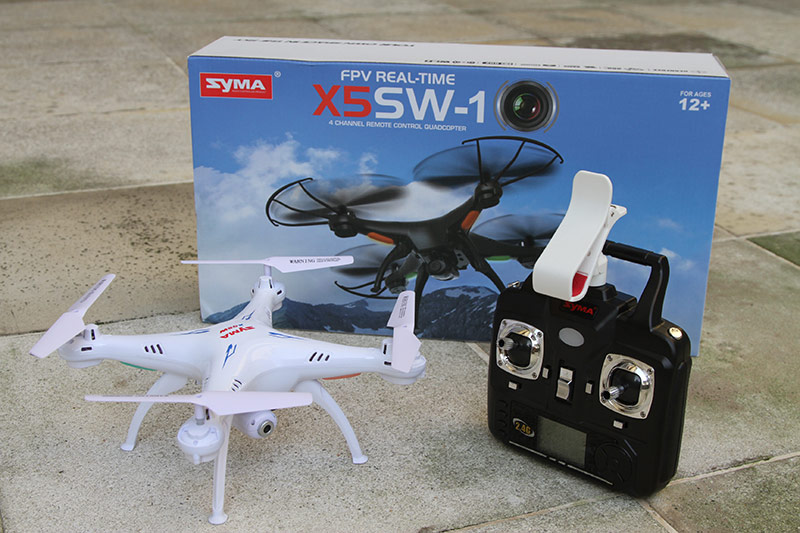
Syma X5SW (In-Depth Review)
Affordable and easy to control through a Wi-Fi connection, the Cheerwing Sygma is one of the first drones that come to mind when we talk about taking pictures. Versatile and worthy of both outdoor and indoor use, this mid-range Gyro RC Headless Quadcopter has a high-definition camera that is capable of taking beautiful panoramic shots and detailed close-ups.
Compatible with both iOS and Android, the Cheerwing’s 0.3 megapixel imaging sensor has real-time transmission technology, allowing pictures to be downloaded directly to the phone. Coupled with the 3.7V 500 mAh Lithium-Polymer battery, this ensures the user a good 6-8 minutes of taking selfies.
At around $50, this drone model is well worth taking into consideration for both mountain hikes and lazy afternoons in the backyard. In both cases, the Cheerwing Sygma is perfectly capable of providing quality aerial shots and complimenting selfies.
Affordable, beginner friendly and a true aid to amateur photographers everywhere, this drone is a must-have for tech enthusiasts. Read more to find out about the full specs of the Cheerwing Sygma X5SW.
The AirSelfie
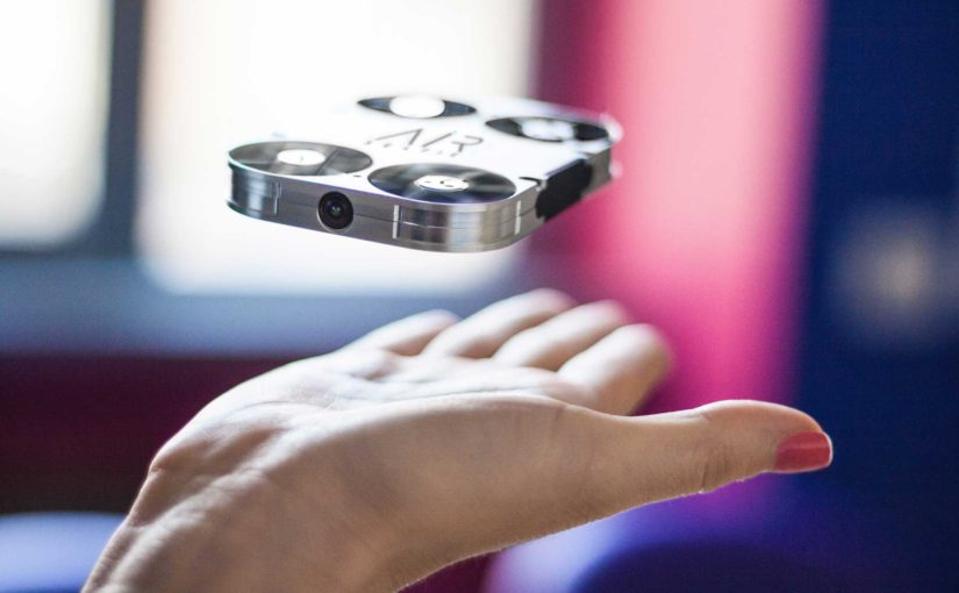
AirSelfie Is The Drone Your Narcissism Has Been Waiting For
More flying camera than drone, the crowdfunded AirSelfie propels itself up to 20 feet upwards and can be controlled easily through an app on the smartphone. Equipped with its own 5MB camera protected by an anti-vibrant, shock absorbent shelling, the AirSelfie presents itself as the future of selfies.
With an anodized aluminum case weighing only 61 grams, the AirSelfie can be easily attached to the phone and kept in the pocket. Specialized in taking selfies rather than wider shots, its camera has a dedicated selfie mode, selfie motion control mode and a flying mode. Sophisticated sensors coordinate the four turbo fan propellers powered by brushless motors, stabilizing every shot taken by the camera of the AirSelfie.
Sharing on social media becomes easy with the AirSelfie. Its self-generated Wi-Fi 2.4 GHz network ensures that friends and family are only one tap away. Keeping the AirSelfie together with the phone at all times becomes natural to the user, making flying the mini drone a second nature and a must for any serious selfie-talking session.
At only three minutes, flight autonomy limits the use of the mini drone. However, the case works as a recharger for it, pumping juice into the battery of the AirSelfie as it sits away inside its user’s pocket. At £150, this pocket drone is an interesting gadget to own as it enhances the uses of the average smartphone.
A similar contraption is the kickstarter-funded SELFY, a self-flying drone phone case that attaches to your smartphone and actually makes it fly.
The Dobby
With a name reminiscent of the wizarding world, Dobby is Zerotech’s pocket selfie drone. At $399, this portable drone is costly but offers an array of top notch features. Dobby’s slick and small appearance may fool potential users into thinking it is a simplistic machine. In reality, the pocket drone includes GPS and GLONASS sensors meant for satellite positioning. These ensure a flight coordination and stability that even larger drones struggle to achieve.
The Dobby is equipped with two cameras. The main, front camera has 13 megapixels while the downward camera uses sonar to cover difficult angles. Capable of capturing high-quality, high-speed video, Dobby’s camera is similar to that found in mobile phones. Zerotech chose this type of camera in order to improve the quality of personal pictures taken.
Ran by a Snapdragon 801 processor, Dobby’s smart features do not disappoint. One of them is the motion sensors that cause the drone to take flight when you pull your hand upwards while holding it. This feature particularly makes the pocket drone feel like a bodily extension of the user. Dobby can be launched in the air thus and it can land on a person’s palm harmlessly, a true technological companion worthy of its magical name.
Capable of flying tricks, the petit drone also has the ability to track a set marker such as a person, animal or object, another feature with which even brand names in the drone market had issues. While in track mode, Dobby’s downward camera-sonar duo can take a flurry of pictures of the studied subject, surprising nature in its own habitat.
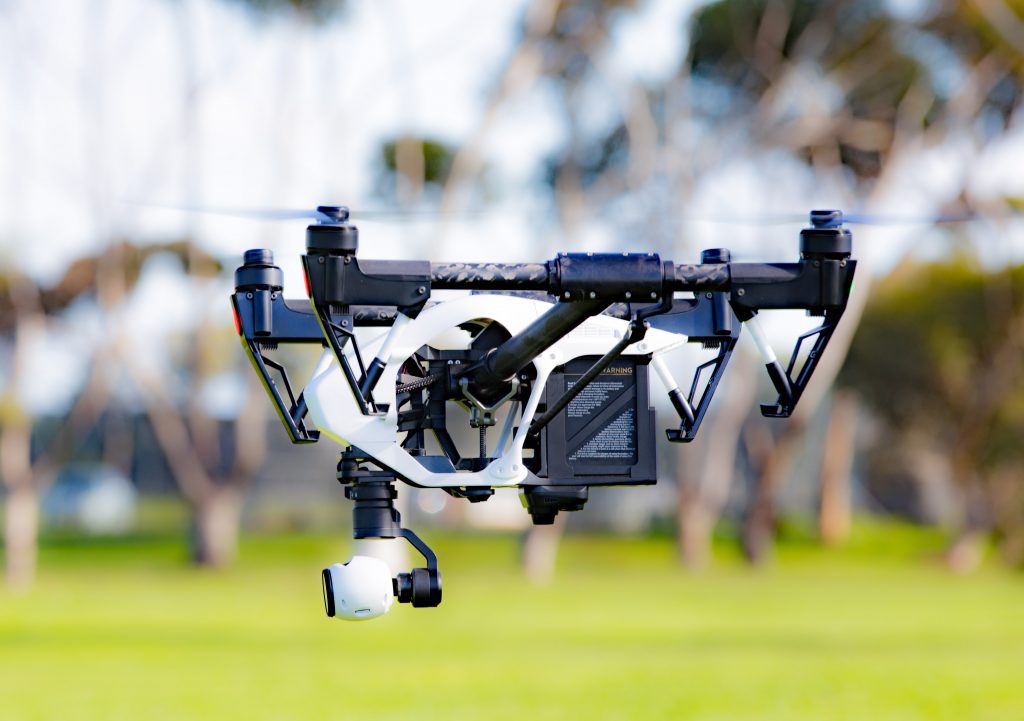
These three drones each have their strengths and weaknesses. However, all of them represent the pinnacle of portable photographic gadgetry. No longer bound to the human hand or a prolonged metal stick, our devices can now take flight and immortalize us from afar.
To some an egotistical fad, to others technical accomplishments worth of praise, the drones presented here without a doubt going to become, together will all other drones, a common sight. Technology develops along the design and wishes of its creator – us. As such, even a simple, seemingly superficial act such as take one’s photo, has been thoroughly changed, improved and modernized.




